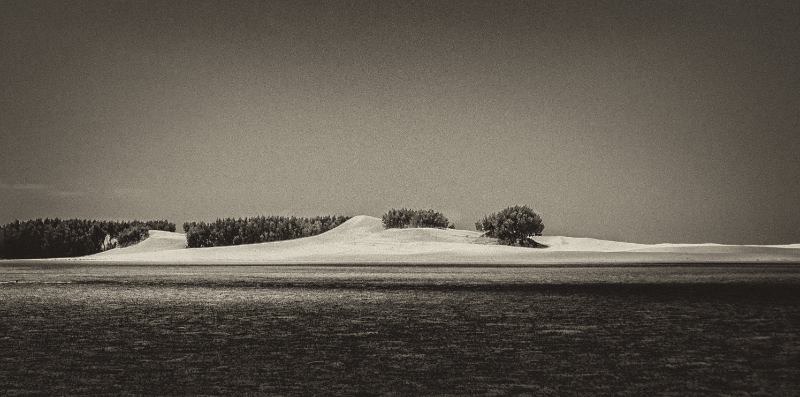The Early Days of Black and Back White: Beautiful Images, Tough Challenges

Black and white photography might seem old school these days, but back in the early days, it was the only game in town! Color photography hadn’t been invented yet, and capturing the world in shades of gray presented some unique hurdles for photographers.
Farewell to Full Color: The Challenge of Limited Representation
Imagine a world without all the vibrant colors we see every day. That’s what early black and white photography was like. Since it couldn’t capture the full spectrum of colors, photos ended up looking a bit flat and limited, missing out on all the detail and richness of the real scene.
Patience is a Virtue: The Technical Hurdles of Early Photography
Early film was like a sleepy giant – it wasn’t very sensitive to light. This meant photographers had to set up their cameras for ages to capture an image, especially in low light. Forget about snapping action shots! Tripods became their best friends, and they had to be super careful with exposure settings to avoid blurry or dark photos.
The Fickle Friend: Inconsistent Results and the Element of Surprise
Early photography wasn’t exactly an exact science. The paper and chemicals used to develop photos were a bit finicky, leading to unpredictable results. Photographers had to experiment with different combinations of paper and developer to find the sweet spot for their needs. It was a bit like baking a cake – you never quite knew how it would turn out!
Seeing the World in Grays: The Limited Tonal Range
Just like a piano with only a few keys, early black and white film had a limited tonal range. This means it couldn’t capture all the subtle shades and details in a scene with lots of variation. Think of a complex landscape – all those delicate gradations between light and shadow might get lost, leaving a simplified version of the real thing.
Grainy and Noisy: The Struggle with Low-Light Photography
When faced with low light, photographers often had to use faster film. The downside? Grainy and noisy images! Think of those old TV shows with static in the background. This graininess reduced the overall sharpness and quality of the photo.
Beyond the Limitations: The Power of Black and White Photography
Even though black and white photography had its limitations, it played a huge role in the history of photography. Pioneering photographers like Ansel Adams and Edward Weston used black and white to create incredibly powerful and evocative images.
Here’s why black and white photography remains a force to be reckoned with:
- Artistic Expression: Without color to distract the eye, photographers could focus on composition, form, and texture. They used light and shadow like paintbrushes, creating dramatic and expressive images.
- Documenting History: Black and white photography became a key player in photojournalism and documentary photography. Its ability to capture the essence of a moment, without the distraction of color, made it a powerful tool for storytelling and raising awareness.
A Timeless Art Form: Black and White Photography Today
While color photography eventually took center stage, black and white continues to be revered for its timeless quality, artistic potential, and ability to evoke emotion. Even in the digital age, many photographers still embrace the limitations of black and white to create thought-provoking and compelling images. It remains a powerful tool for expressing creativity, exploring different perspectives, and capturing the world around us in a way that transcends time.
